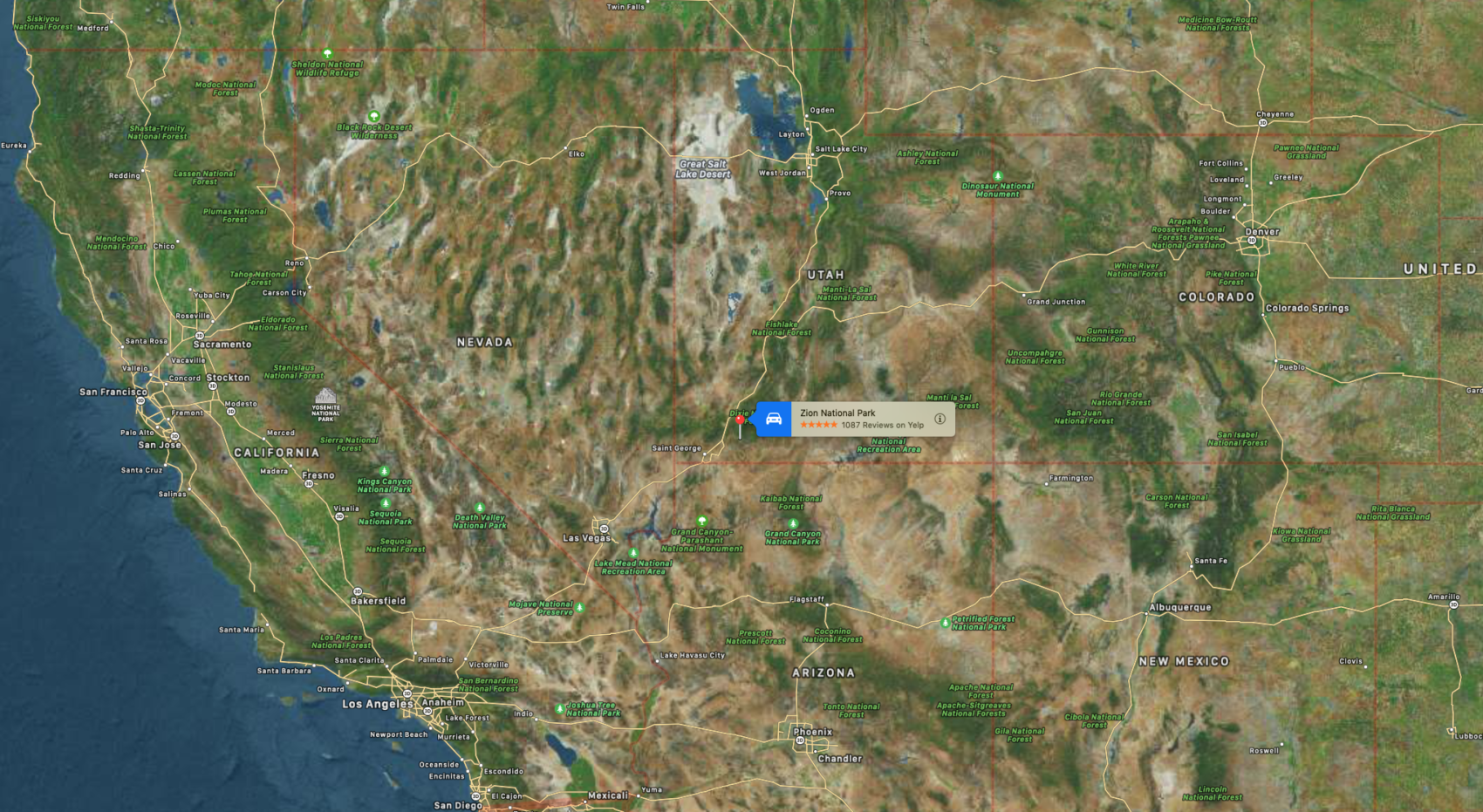
The National Park Service and the International Dark Sky Association are pleased to announce Zion National Park, UT, as an International Dark Sky Park. This certification recognizes the exceptional quality of the park’s night skies and provides added opportunities to enhance visitor experiences through astronomy-based interpretive programming.
“Zion National Park is committed to conserving the park’s night skies for all future generations and to educating visitors about the values of this important resource.”
– Jeff Bradybaugh, park superintendent
The park was supported through the certification process by many partners, including the towns of Springdale and Rockville, Kane County Commission, Washington County Commission, Utah Division of Parks and Recreation, Utah Office of Outdoor Recreation, Utah Office of Tourism, Zion National Park Forever Project, and the Colorado Plateau Dark Sky Cooperative. Springdale Town Mayor, Mr. Stanley Smith, wrote in support of Zion National Park’s designation, “Situated just outside the entrance to Zion National Park, Springdale has long had an abiding mutual interest in helping to protect natural resources of this incredible public land. We value the beauty of our night sky and understand the need to protect it in a collaborative effort. We applaud and wholeheartedly support Zion’s efforts to preserve this ethereal gem.” Zion National Park will continue to work with our partners and others on future dark sky visitor experiences.
To recognize this support for dark sky conservation and interpretation, all Ranger-led programming during the week of June 7th will focus on promoting Junior Ranger Night Explorer booklets and night sky themes. Please check the Park website for program details, Ranger-led Activities – Zion National Park (U.S. National Park Service) (nps.gov).
There will also be an opportunity to celebrate this certification virtually. The National Park Service has developed a Junior Ranger Night Explorer program, encouraging young park visitors to explore the starry side of their national parks. Children can become a Junior Ranger Night Explorer from home by downloading the booklet. In addition, during the week of June 7th, the park will be providing Ranger-led activities the public can do from home and on the park’s social media (Facebook www.facebook.com/zionnps, Instagram www.instagram.com/zionnps, and Twitter www.twitter.com/zionnps).
The International Dark Sky Places Program was founded in 2001 as a non-regulatory and voluntary program to encourage communities, parks, and protected areas worldwide to preserve and protect dark sites through responsible lighting policies and public education. Each International Dark Sky Place follows a rigorous application process demonstrating robust community support for dark sky certification. The first National Park Service unit to receive the certification was Utah’s Natural Bridges National Monument in 2007. Today, Zion National Park joins many other National Park Service units and State Parks in Utah as an International Dark Sky Place.
About the International Dark-Sky Association (IDA): IDA’s mission is to preserve and protect the nighttime environment and our heritage of dark skies through environmentally responsible outdoor lighting. Learn more at www.darksky.org.
For additional information about exploring and protecting night skies, visit the park website, https://www.nps.gov/zion/learn/nature/nightskies.htm
Zion National Park located in southwestern Utah near the town of Springdale. A prominent feature of the 229-square-mile (590 km2) park is Zion Canyon, which is 15 miles (24 km) long and up to 2,640 ft (800 m) deep. The canyon walls are reddish and tan-colored Navajo Sandstone eroded by the North Fork of the Virgin River. The lowest point in the park is 3,666 ft (1,117 m) at Coalpits Wash and the highest peak is 8,726 ft (2,660 m) at Horse Ranch Mountain. Located at the junction of the Colorado Plateau, Great Basin, and Mojave Desert regions, the park has a unique geography and a variety of life zones that allow for unusual plant and animal diversity. Numerous plant species as well as 289 species of birds, 75 mammals (including 19 species of bat), and 32 reptiles inhabit the park’s four life zones: desert, riparian, woodland, and coniferous forest. Zion National Park includes mountains, canyons, buttes, mesas, monoliths, rivers, slot canyons, and natural arches.
